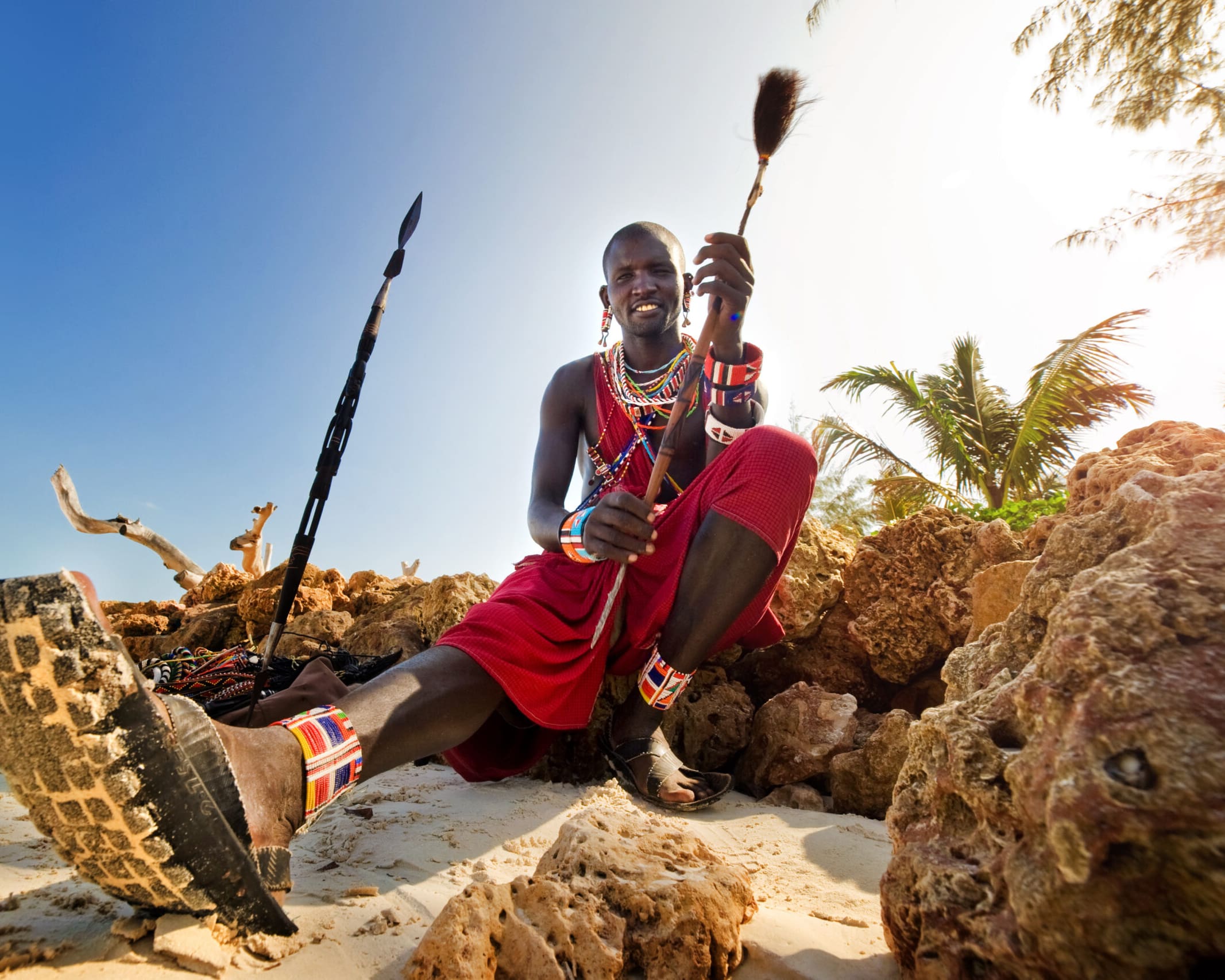Welcome to Kenya, a land where nature’s rhythms write the story of life itself. Here, the majestic wildlife roams free across the vast savannahs, pristine beaches kiss the warm Indian Ocean, and vibrant cultures welcome you with open arms.
From the awe-inspiring Great Migration in the Maasai Mara to the tranquil retreats of the coastal archipelagos, Kenya promises an adventure that stirs the soul. Dive into the heart of wilderness, climb the peaks of Mount Kenya, and soak in the rich heritage and hospitality that define this enchanting land.
Join us in uncovering the wonders of this enchanting island, where each discovery is a treasure, and every moment is a new adventure waiting to happen.

The Best Time To Visit
The best time to visit Kenya largely depends on what you want to experience, but generally, the country’s dry seasons—late June to October and from December to March—are considered ideal for wildlife viewing and safaris. During these months, the weather is mostly sunny and dry, making it easier to spot animals as they gather around water sources.
Late June to October aligns with the Great Migration in the Maasai Mara. This is also a fantastic time for visiting other national parks and reserves across Kenya due to the favorable weather conditions.
What To Know
Kenya has two official languages: English and Swahili.
Besides these, Kenya is home to a mosaic of indigenous languages, with over 40 ethnic groups each speaking their own language or dialect. Some of the major ethnic languages include Kikuyu, Luo, Luhya, and Kalenjin, among others.
While English and Swahili dominate in official and commercial settings, these indigenous languages are primarily used in rural areas and within specific ethnic communities.
The currency used in Kenya is the Kenyan Shilling. It is the official currency for all transactions within the country, from urban centers to rural areas.
The Kenyan Shilling is subdivided into 100 cents, although cent coins are less commonly used in everyday transactions. Banknotes and coins are available in various denominations, with banknotes being more commonly used for higher value transactions.
For travelers, it’s important to have some Kenyan Shillings on hand, especially in areas where electronic payments may not be widely accepted or for smaller purchases where cash transactions are preferred.
Kenya, generally offers a safe experience for travelers, especially those who follow standard travel safety advice. However, like many destinations, it has areas and situations where travelers need to be more cautious.
In urban areas, especially Nairobi and Mombasa, incidents of petty theft, such as pickpocketing and purse-snatching, can occur, particularly in crowded places. Nighttime travel in certain areas of cities should be avoided if possible, and it’s wise to use reputable taxi services or rideshare apps rather than walking after dark.
Public transport in Kenya is diverse, comprising matatus (minibuses), buses, trains, and motorbike taxis (boda-bodas). Matatus are the most ubiquitous form of public transport in urban and rural areas, known for their colorful decorations and dynamic atmosphere. They operate on fixed routes but without formal schedules, offering an affordable way to travel, though they can be crowded.
Buses serve longer distances within cities and intercity routes, including travel to neighboring countries. They range from basic to more luxurious services, with the latter offering scheduled times and reserved seating.
Kenya’s railway system includes the traditional network connecting major cities and the newer Standard Gauge Railway (SGR) between Nairobi and Mombasa, offering a faster and more comfortable alternative for this popular route.
Boda-bodas are widely used for short distances and in areas not served by other forms of public transport. They’re flexible and can navigate through traffic, but safety concerns make it essential to choose reputable providers.
Kenya Travel Guides
April 24, 2022
16 Incredible National Parks In Africa
July 19, 2020
The Top 10 National Parks in Kenya
December 22, 2019
